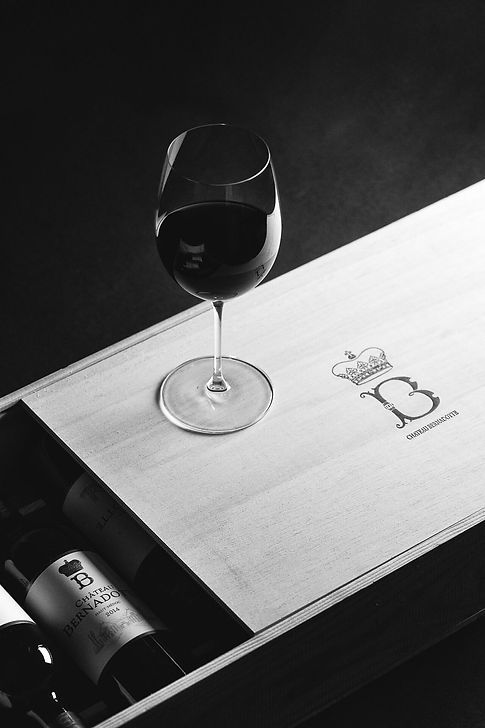
Our Wines
- CHATEAU BERNADOTTE -
Our Wines, the Art and the Way
Chateau Bernadotte produces red wines of a beautiful tannic structure, rich in color, elegant and charming, fine and full-bodied, with generous fragrances.
Our vines, aged 30 years on average, are planted at 10,000 plants per hectare, like the large classified vintages. Bernadotte is divided into referenced plots, each of which has its own history: provenance and acquisition, grape variety, planting year, rootstock, yield, selection in the blend of previous vintages.
While the INAO allows a yield of 55 hectoliters per hectare in the Haut-Médoc appellation, the average 10-year yield of Chateau Bernadotte does not exceed 47 hectoliters per hectare. This deliberate lower yield choice guarantees quality and preserves vine stock, balance and longevity.

Chateau Bernadotte
If each vintage has its own character, a Bernadotte has the constant qualities of a great wine with an inimitable taste that we appreciate and love to rediscover.
To the eye, a Bernadotte offers its deep and supported ruby color. To the nose, it releases scents of red fruit with notes of spices and undergrowth; the bouquet is expressive and sustained. In the mouth, the generosity asserts itself, despite the fresh attack, the structure is tannic. The finale is long, and subtle.
Discover a decade of vintages in the tasting workshop.
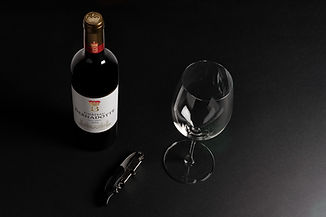
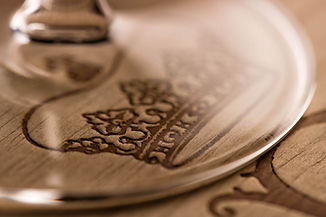
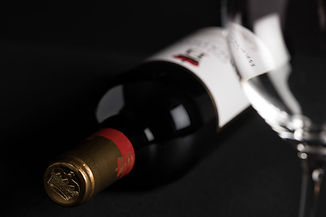
Chateau Fournas Bernadotte
Five hectares of a specific parcel are reserved for the development of Chateau Fournas Bernadotte for an average production of 35,000 bottles.
This wine receives the same care as Chateau Bernadotte and is characterized by its roundness and fruitiness note. Its more supple tannic structure makes it a wine for all times.
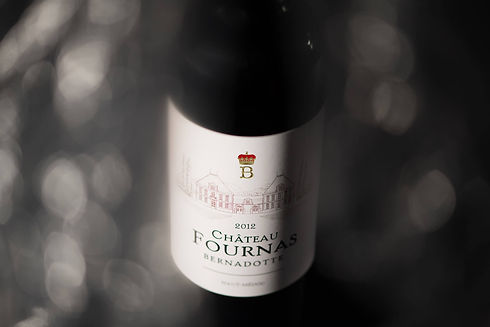
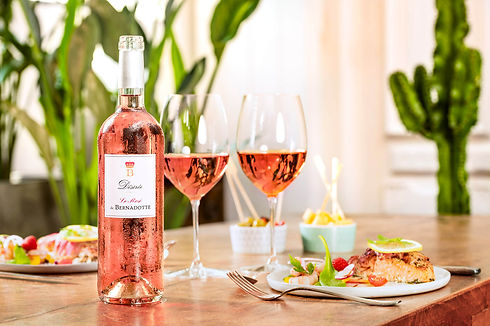
Désirée, the Bernadotte Rosé
As a tribute to the link between Bernadotte and Sweden, we have named our rosé "Désirée". Désirée Bernadotte was a very courted woman.
She preferred Marshal Jean-Baptiste Bernadotte over the future Emperor Napoleon I; Bernadotte owed him at least a wine!
Fresh, light and delicate, Désirée will be appreciated early as an aperitif and will be marvelous with spring and summer meals.
